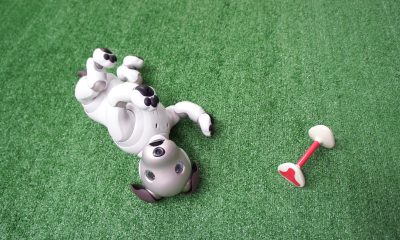Overview
Strands of hair on your head have an average lifespan of two to five years. As we age, this lifespan shortens which can result in hair loss. To prevent this, there are some steps that you can take now to decrease the chances of hair loss later.
The Anatomy Of Hair
First, let’s understand how hair grows and sheds. Humans have around 5 million hair follicles total and 100,000 located on their scalp. It is normal for us to lose 100 hairs a day, but this can be accelerated by outside factors. These could include aging, stress, medication, and diseases that damage the hair.
There are two kinds of hair found on your body: terminal hair and vellus hair. Vellus hair is thin, and covers your entire body. Terminal hairs are longer and thicker than vellus hair and are found on your scalp.
Hair consists of two distinct structures: the follicle and the shaft. The hair follicle is the living part located underneath the skin. This structure is tunnel-shaped and houses the root of the hair. The follicle allows a gateway to the hair which transfers necessary nutrients for hair growth.
The hair shaft is the nonliving structure above the skin. The shaft is disconnected from the follicle and, as the follicle continues to grow, it pushes the hair shaft out. This is when the hair falls out. This process happens in four stages which typically takes a total of 5-6 years to complete.
- Growth Phase (Anagen): The first stage of a hairs lifecycle is the anagen phase. This is the longest phase (3-5 years) and is when hair growth begins. During this stage, your hair follicles are pushing out the hair shaft. This continues to happen until the hair reaches its lifespan and is cut off from the follicle. Thus turning the hair follicle into a new hair shaft. At any given time, 90% of the hairs on your head are in the anagen phase.
- Transition Phase (Catagen): During the catagen phase, hair follicles shrink and hair growth slows. The hair shaft is slowly separated from the follicle but doesn’t fall out until the follicle pushes it out enough to fall out. This phase only lasts around 10 days.
- Resting Phase (Telegen): After the hair shaft is created through separation, it stays in the scalp for around 3 months. This time is considered the telogen phase. This is when new hair starts to form in the follicles underneath the hair shaft.
- Shedding Phase (Exogen): Finally, the hair follicle grows long enough to push out the dead hair shaft on top.As the old hair falls away, the new hair grows in its place until the process is repeated. This is known as the exogen phase.
Hair loss occurs when this process is sped up. When the cycle shortens, the hair becomes thinner because it isn’t able to grow completely. Under these circumstances, the hair goes through each cycle as normal but the anagen phase is massively accelerated. This is called miniaturization.
Miniaturization is usually caused by genetics but can also occur due to stress, lifestyle choices, medication and certain diseases and illnesses. Dihydrotestosterone (DHT) is the primary hormone associated with hair follicle miniaturization. DHT clings to the follicle, causing the hair to shed prematurely by shrinking the follicle so that finer hair regrows in its place.
If your hair doesn’t receive enough nutrients they need to grow healthy or they are exposed to too much DHT, they will start to fall out at an accelerated rate.
How To Prevent Hair Loss From Aging
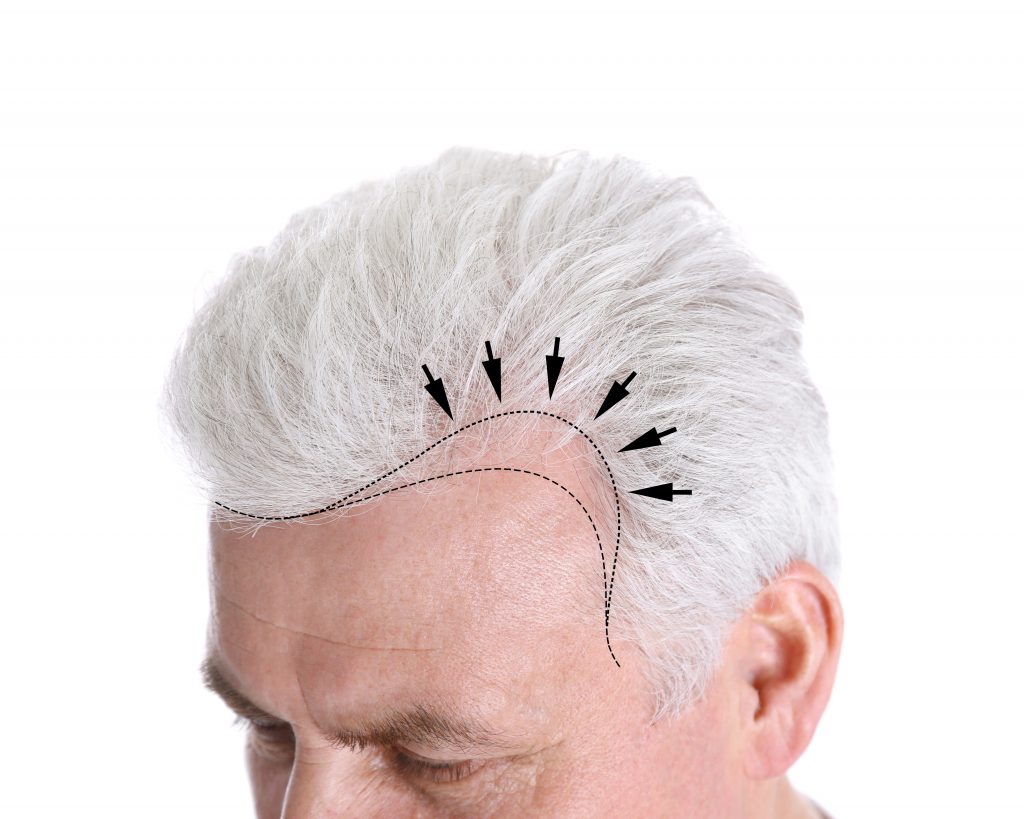
The most common form of hair loss is Androgenetic Alopecia (male and female pattern baldness). This is a genetic condition that results in hair loss and affects roughly 50 million men and 30 million women in the United States. Over 50% of men over the age of 50 have some degrees of hair loss while women are most likely to suffer from hair loss after menopause.
However, there are a few ways that you can prevent or slow the process of hair loss. Follow the tips below to ensure you keep a thick and healthy head of hair.
Nutritional Deficiencies
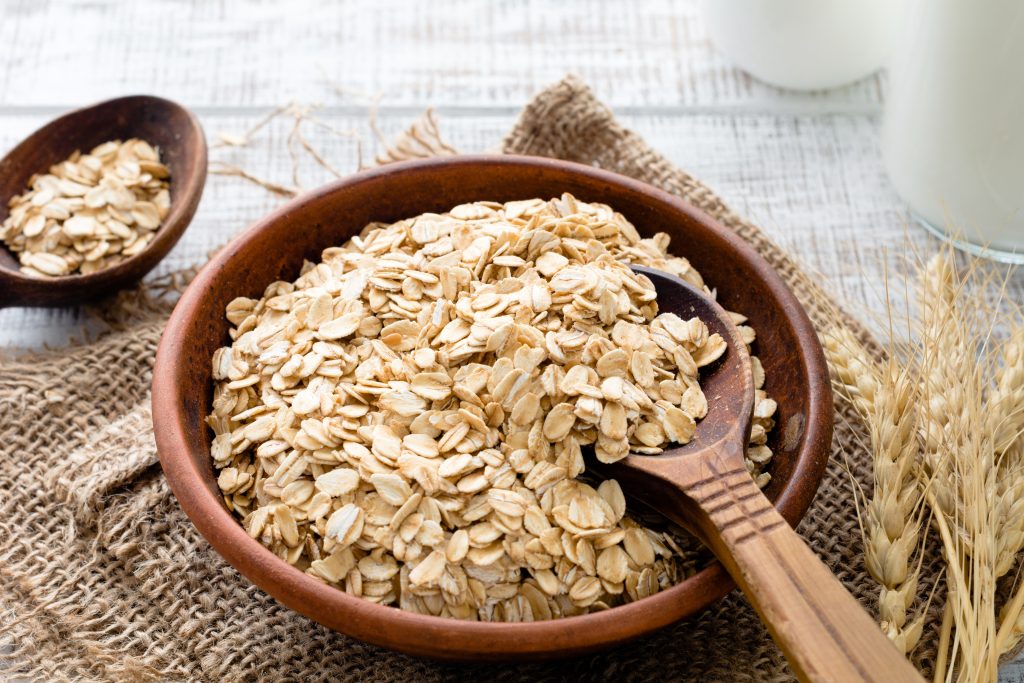
If your diet is missing essential nutrients, this could lead to hair loss. Eating a balanced diet and getting a healthy amount of sun is the best way to keep healthy hair.
- Vitamin C builds collagen, which is the skin’s connective tissues found in hair follicles.
- Vitamin B (Biotin) promotes fatty acid synthesis, which is an essential process to the hair life cycle.
- Vitamin E contains antioxidants, which ensures a healthy scalp and better blood circulation. Both of which helps keep your hair follicles productive.
- Vitamin A is partly composed of retinoids, which help increase the rate of hair growth. This vitamin also promotes sebum production, which keeps the scalp healthy.
If you have a hard time with a balanced diet, consider taking supplements. Your doctor should be able to point you to the best options and correct dosage amounts.
Another important ingredient to healthy hair is protein. Hair follicles are mostly made of keratin, which is a type of protein. Eating a protein-rich diet will ensure your hair follicles have a sufficient amount of protein.
A popular diet that is known for benefiting hair growth is the Mediterranean Diet. This diet contains a lot of raw vegetables and fresh herbs which a 2018 study found to reduce the risk of Androgenetic Alopecia.
The following foods can also help keep your hair healthy:
- Seaweed is rich in omega-3 fatty acids and vitamins associated with healthy skin and hair.
- Spinach is a great source of iron, vitamin A, vitamin C, protein, and sebum which are all known for hair growth.
- Carrots contain vitamin A and are known to add thickness to hair by improving blood circulation.
- Eggs help rebuild damaged hair because they are rich in protein and vitamin B.
- Oats are rich in omega-6 fatty acids and polyunsaturated fatty acids (PUFAs), which promote hair growth.
- Walnuts contain vitamin B, vitamin E, and protein, which strengthen hair and nourish the scalp.
- Lentils are rich with protein, iron, zinc, biotin, and folic acids. Folic acids are necessary for restoring red blood cells that supply the scalp with oxygen.
- Chicken is filled with protein that strengthens the hair and prevents breakage.
- Strawberries contain silica which is a trace mineral vital for hair strength and growth.
- Yogurt contains vitamin B5 and D, which promote healthy hair follicles.
- Sweet Potatoes are a super food that contain beta carotene, which prevents dry, dull hair.
It is also important to stay hydrated. A quarter of the hair shaft is water so staying hydrated helps your hair stay healthy and keep its color. Men should aim for 15 ½ cups of water per day and women should aim for 11 ½ cups.
Medication
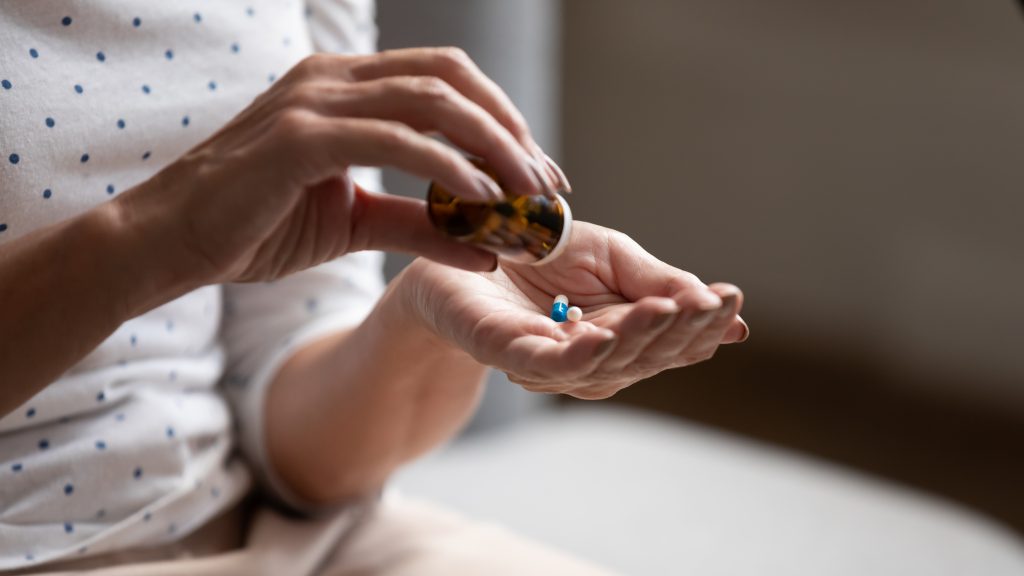
There are currently several medications available for people suffering from hair loss. However, there are only two that have been approved by the U.S. Food and Drug Administration (FDA).
- Minoxidil (Rogaine) is an FDA-approved, over-the-counter medication that is available as a cream, spray, or foam. There is also an oral tablet that is prescription-only. Taking minoxidil is thought to prolong the growth phase of the hair lifecycle by increasing blood flow and nutrient uptake to the follicles. This option usually takes at least six months to prevent further hair loss and begin to see a difference in hair growth.
- Finasteride (Propecia) is the only other FDA-approved medication for hair loss. This medication works by inhibiting the DHT, which prevents follicle shrinkage and hair falling out. A study found that finasteride was effective for regrowing scalp hair.
- Phenylephrine is another topical solution that causes the follicle muscles to contract. This makes the hair harder to yank out, thus preventing hair loss.
- Spironolactone (Aldactone) encourages hair growth by slowing the production of a male sex hormone (androgen) that are thought to stimulate hair loss. According to a 2017 study, spironolactone resulted in an improvement in hair growth for 75% of participants.
- Nutrafol is a supplement filled with collagen, saw palmetto, ashwagandha, and vitamin B. This supplement promotes hair growth by preventing testosterone from being converted to DHT and reducing inflammation.
Medical Procedures
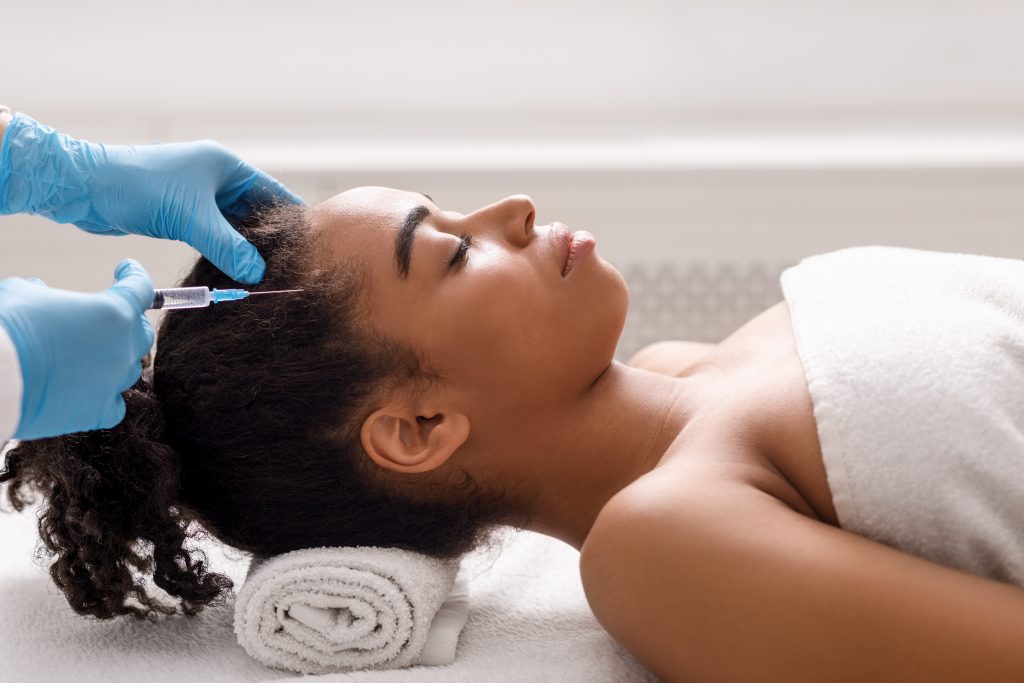
If medication or diet changes show no results in slowing hair loss, you might look to a medical procedure. The most common hair loss procedures include:
- Platelet-Rich Plasma (PRP) Procedure consists of drawing your blood and spinning it until the red blood cells separate from the platelet rich plasma. This plasma contains growth factors that promote healing and stimulating hair follicles to begin a new growth cycle. Once the plasma is separated from the red blood cells, it will be injected into your scalp.
- Hair Transplant Surgery consists of taking hair follicles that are DHT-resistant from the side and back of the head, and relocating them to the top of the head. This procedure is painful and requires sedation during the surgery. You may also need more than one surgery in order to get the right results.
- Low Level Laser Light Therapy (LLLT) is an FDA-approved treatment for hereditary hair loss in men and women. This therapy promotes cell growth and repair.
Massaging and Topical Solutions

If you want to take a “natural” approach to slowing your hair loss, there are multiple different juices, herbs, and oils that are thought to slow or prevent hair loss. These include:
- Scalp Massages improve blood circulation to the scalp and hair follicles which can increase hair density. This also decreases stress, another factor linked to hair loss. A 2016 study found that 4-minute, daily scalp massages for 24 weeks resulted in slowed hair loss.
- Essential Oils can be massaged into your hair to stimulate hair growth. Some oils make your hair grow stronger while others make it grow faster. Essential oils for hair growth include:
- Coconut Oil helps prevent hair damage from grooming and ultraviolet (UV) light exposure according to a 2018 study. Coconut oil contains lauric acid, which protects against breakage at the root and strand. This oil may also promote better blood flow and help with regrowth.
- Olive Oil can be used as a conditioner to protect against dryness and hair breakage. This keeps your hair hydrated and healthy.
- Garlic Juice contains antimicrobial properties, vitamin C, and selenium. These properties prevent scalp damage, stimulate hair growth, boost blood circulation, and clean hair follicles.
- Onion Juice provides extra sulfur to support strong and thick hair, thus preventing hair loss. A 2014 study found that applying onion juice on the scalp resulted in 80% of participants seeing improvements after 6 weeks.
- Beetroot Juice is filled with vitamins C and B6, folate, manganese, betaine, and potassium, which are essential for a healthy scalp and hair.
- Saw Palmetto (Serenoa Repens) is a herb that can be bought as an oil or tablet. This herb helps block the enzyme 5-alpha reductase enzyme which is associated with hair loss. A small study found that some participants taking Saw Palmetto experiences improved hair growth.
- Green Tea contains polyphenolic compounds, which are beneficial to preventing hair loss. It is also rich in antioxidants which promote a health scalp and boost hair growth.
Take Care of Your Hair
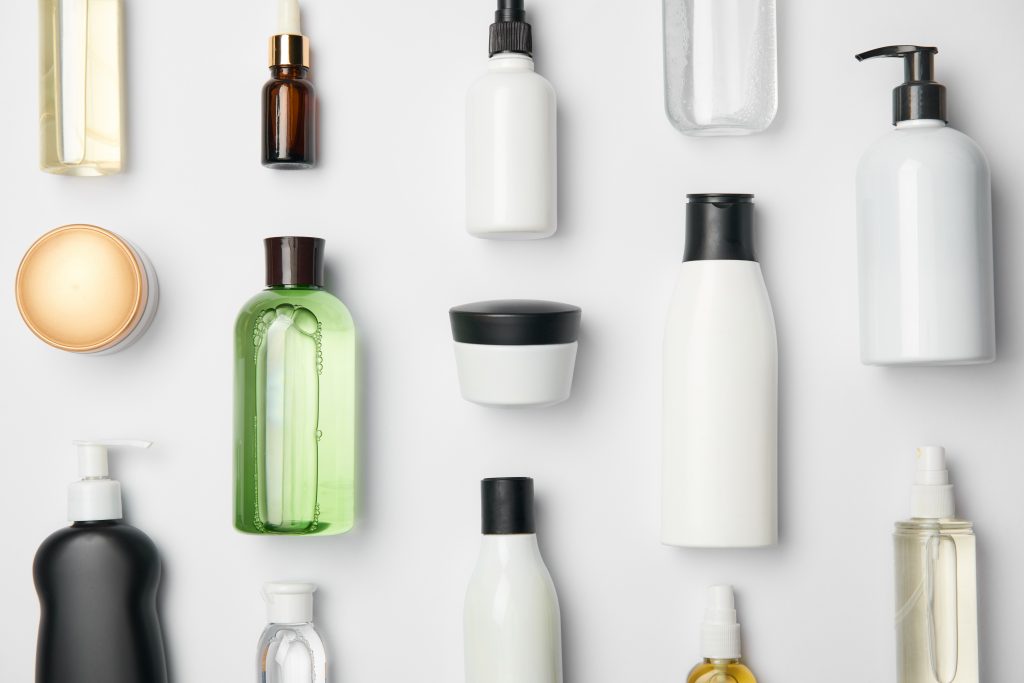
Using the wrong shampoo and choosing the wrong hairstyles can both contribute to hair loss. Follow the following advice to make sure this doesn’t happen to you:
- Hairstyling Products can have a negative effect on hair growth. Overtreating your hair with toxic chemicals found in styling products can promote hair loss. Look for natural shampoos that do not contain Sodium Lauryl Sulfate (SLS), Ammonia Peroxide, Para-Phenylenediamine (PPD), and DHT. These chemicals can have a toxic effect on your immune system and have been proven to corrode hair follicles.
- Gentle Styling can go a long way in ensuring healthy hair. Skip tight braids, ponytails, or cornrows that may pull on hair at the root and lead to excessive shedding. Your hair is flexible, but can only be stretched and pulled so much at the roots before becoming permanently damaged.
- Showering with overly hot water can cause scalp damage, stripping is of the protective layer of essential oils. Hot showers can dehydrate strands, resulting in breakage, dryness, and inflammation. Wash your hair daily with warm water to protect against hair loss by keeping the scalp and hair clean.
- Brushing your hair while it is wet is super dangerous. Wet hair is its weakest state, and brushing during this time increases the chances of hair loss. Instead, let your hair dry naturally without a towel. Then, use a wide-toothed comb that won’t injure the hair.
Stress

Stress can cause excessive shedding and can prevent hair growth. When our bodies are stressed, they release hormones that disrupt the hair growth cycle, which results in a longer rest period and stops growth. To prevent this, get consistent rest, exercise frequently, eat healthily, and stay hydrated. Meditation and yoga are also known for relieving stress.
- Exercise at least 30 minutes a day to relieve stress. After your exercise, make sure you wash the sweat out of your hair. This will prevent damage even further.
- Hobbies can be a great way of doing something you enjoy, which will likely put you in a better mood.
- Writing a few minutes each day about your feelings can help you review the daily items that may have triggered your stress. This can help you reflect and find ways to cope with it.
- Meditation and breathing exercises allow you to focus on the present moment. This has been proven to relieve stress, thus preventing hair loss.
Final Thoughts
To conclude, remember that you aren’t alone in dealing with hair loss. There are multiple treatments and tactics that you can use to combat hair loss and regenerate your healthy, thick hair. If you have already tried the options above and have had no luck with hair loss prevention, consult with your doctor. They should be able to help point you in the right direction.




